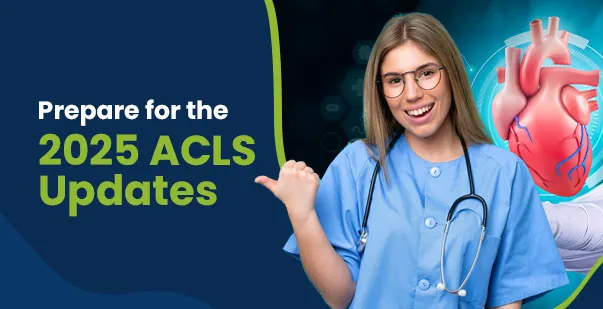If you’ve ever hummed Stayin’ Alive while practicing chest compressions, you’re already on the right track! But Advanced Cardiovascular Life Support (ACLS) isn’t just about the beat—it’s about saving lives with confidence and precision. The 2020-2025 ACLS updates aren’t just dry textbook changes; they’re game-changers!
The guidelines are packed with the latest science-backed strategies to boost survival rates and give healthcare pros the best tools for high-pressure situations.
What’s new? Expect enhanced focus on teamwork, improved resuscitation techniques, and cutting-edge advancements in emergency response. Let’s dive in and break down these game-changing updates
Key Changes in ACLS Guidelines (2020-2025)
Did you know that every minute without CPR reduces the chance of survival from cardiac arrest by 7-10%? That’s why the 2020–2025 ACLS Guidelines are laser-focused on speed, precision, and teamwork to boost survival rates. The latest ACLS guidelines focus on faster CPR initiation, a new Recovery link in the Chain of Survival, and improved post-resuscitation care. Find out more below:
What’s New in ACLS?
-
High-Quality Chest Compressions
The guidelines stress the importance of:
- Compression depth: 2-2.4 inches
- Rate: 100-120 compressions per minute
-
Oxygenation and Ventilation
Avoiding excessive oxygen is now a priority. Providers should adjust oxygen levels to keep saturation within a safe range, reducing the risk of oxygen-related damage.
-
Medication Timing and Use
Changes to epinephrine timing and dosage ensure it works as effectively as possible. The guidelines now recommend administering epinephrine immediately in non-shockable rhythms to improve survival chances.
-
Early Defibrillation
Chest compressions should continue with minimal breaks during defibrillation. Strategies like pre-charging the defibrillator and immediately resuming CPR post-shock help keep blood flow stable.
-
Team Coordination and Communication
A well-organized team improves survival rates. Clear roles, effective communication, and leadership during resuscitation make CPR efforts more efficient.
Changes to the Chain of Survival
Adult Chain of Survival
A new Recovery link has been added. This highlights the need for rehabilitation and long-term care to improve patient recovery after cardiac arrest.
Pediatric Chain of Survival
The guidelines now include specific steps for children, recognizing that their needs differ from adults. These adjustments improve response times and survival rates in pediatric cases.
Post-Resuscitation Care Updates
A stronger emphasis on targeted temperature management and neurological assessments ensures better recovery after cardiac arrest.
ACLS Updates by Year
2020
- Bystander CPR Encouragement: Hands-only CPR for untrained responders.
- Focus on Continuous Chest Compressions: Fewer interruptions improve survival.
- Updated Targeted Temperature Management (TTM): Maintain 32°C-36°C for post-arrest care.
2021
- AI and Technology in Resuscitation: Emerging tools to guide CPR.
- Improved Defibrillation Techniques: Reduce pauses before and after shock.
- Airway Management Updates: Passive oxygenation before intubation is recommended.
2022
- Expanded Recovery Link: More focus on rehabilitation and quality of life.
- Faster Epinephrine Administration: Improves survival in non-shockable rhythms.
- High-Performance CPR Standardization: Use of real-time feedback devices.
2023
- Advanced Airway Guidelines: More evidence supporting supraglottic airways over intubation.
- Updated Drug Protocols: Vasopressin removed, and antiarrhythmic medications streamlined.
- Refined Post-Resuscitation Care: Better oxygenation strategies to prevent over- or under-oxygenation.
2024
- AI in Resuscitation: Predictive analytics to improve ACLS responses.
- Updated Compression-to-Ventilation Ratios: Adjustments based on real-time clinical data.
- Stronger Focus on Team Coordination: New training methods for team-based resuscitation.
Airway Management: What’s Changed?
The 2020-2025 ACLS guidelines bring important updates to improve survival in cardiac emergencies. These changes focus on high-quality chest compressions, timely defibrillation, and better post-cardiac arrest care. The new recommendations also refine airway management. This makes it more efficient in reducing delays in CPR.
Beyond procedures, the guidelines stress the importance of teamwork, communication, and ongoing education in ACLS. Real-time feedback technology and scenario-based training help providers improve skills and make better decisions under pressure.
Master the latest ACLS guidelines and improve your life-saving skills! Enroll in our ACLS certification course today to stay updated on advanced airway management, high-quality CPR, and emergency response techniques. Sign up now!







